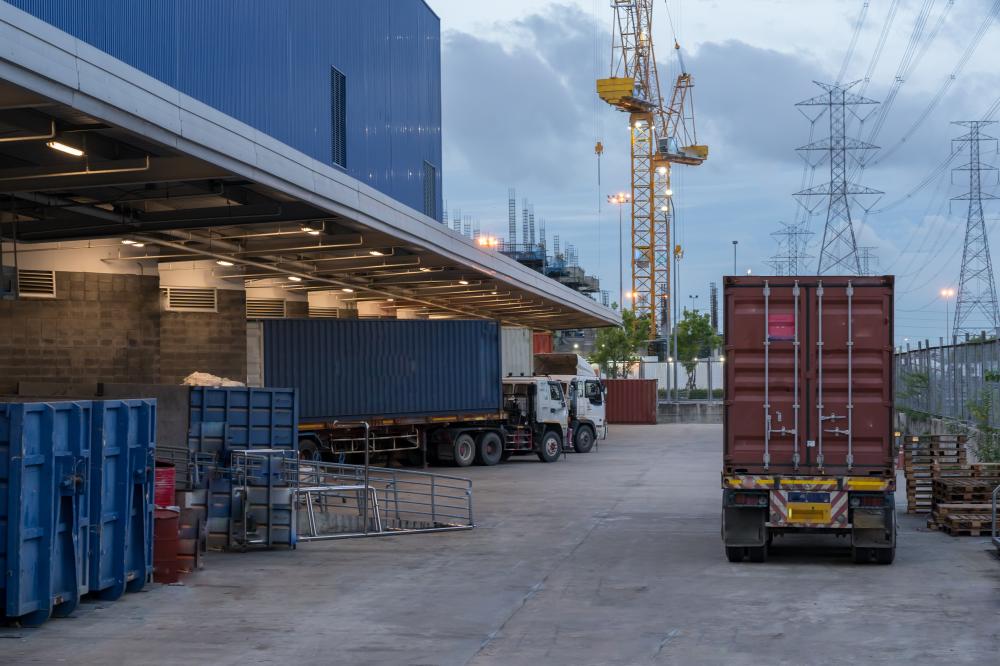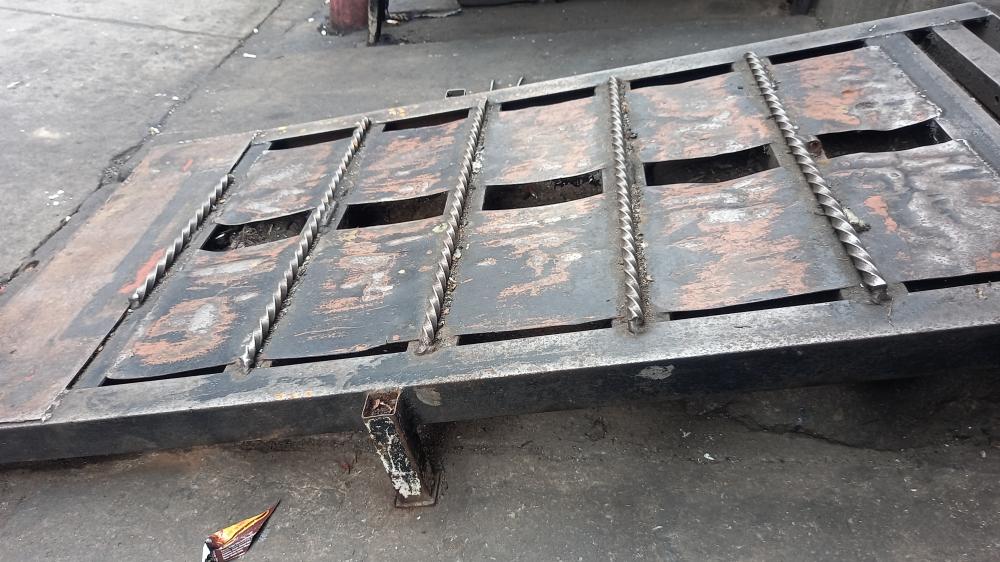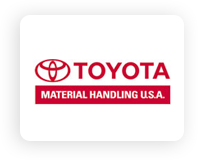
Temporary Loading Docks: A Versatile Solution for Material Handling
At Medlin Ramps, our journey through the complex world of material handling has taught us one enduring lesson: flexibility is key to operational efficiency. Temporary loading docks epitomize this flexibility, offering businesses a swift, adaptable solution to their loading and unloading needs. This article draws upon our three decades of expertise to explore the many facets of temporary loading docks, underlining their importance in today’s industrial landscape.
Why Invest in Temporary Loading Docks?
Immediate Infrastructure
The beauty of temporary loading docks lies in their ability to provide instant infrastructure. For businesses experiencing rapid growth or undergoing construction, these docks present a quick solution to expand capacity without the need for permanent construction. This adaptability is particularly valuable in sectors where demand can fluctuate unexpectedly.
Versatility Across Industries
Whether it’s retail, automotive, or food and beverage, every industry can benefit from the versatility temporary loading docks offer. They support a wide range of activities, from shipping and receiving to overflow storage, making them indispensable for businesses seeking operational agility.
Selecting the Perfect Temporary Loading Dock
Navigating the selection process for a temporary loading dock can be daunting. However, focusing on a few key specifications can demystify this task. Consider the load capacity, which should align with the heaviest loads you anticipate handling. Also, assess the dock’s compatibility with your existing infrastructure, including door heights and material handling equipment. Our team at Medlin Ramps is always ready to guide you through these considerations, ensuring you find a dock solution that seamlessly integrates with your operations.
Tailored Solutions and Flexibility: The Medlin Advantage
Customized Designs
Understanding that each business faces unique challenges, we pride ourselves on offering temporary loading docks that can be customized to meet specific operational needs. From adjustable heights to modular designs that accommodate various trailer types, our focus is on providing solutions that truly fit your business.
Operational Flexibility
The portability of our temporary loading docks enables businesses to reconfigure their loading areas as needed, providing unparalleled flexibility. This feature is particularly valuable for businesses that lease their facilities or those that need to adapt their operations seasonally.
Prioritizing Safety and Efficiency
Engineered for Safety
At Medlin Ramps, safety is paramount. Our temporary loading docks are designed with safety features such as high-strength steel structures, guardrails, and anti-slip surfaces. These elements ensure the well-being of your employees while maintaining productivity.
Enhancing Operational Efficiency
By streamlining the loading and unloading process, temporary loading docks can significantly enhance operational efficiency. Our solutions are geared towards minimizing downtime and maximizing throughput, thus positively impacting your bottom line.
Real-World Success Stories
One of our clients, a prominent player in the retail industry, faced the challenge of expanding their distribution capacity during the peak holiday season. By integrating our temporary loading docks into their operations, they were able to double their throughput without the need for permanent construction. This flexibility allowed them to meet increased demand and subsequently, significantly improve their customer satisfaction rates.
Environmental Considerations and Sustainability
In today’s eco-conscious world, businesses are increasingly looking for solutions that not only meet their operational needs but also align with their environmental values. Our temporary loading docks are constructed with sustainability in mind. The modularity and reusability of our docks reduce the need for permanent structures, minimizing environmental impact and supporting your green initiatives.
Selecting a Trusted Partner for Your Loading Dock Needs
With over 30 years in the material handling industry, Medlin Ramps stands as a testament to the value of experience and dedication. Our comprehensive range of temporary loading docks, combined with our unmatched customer service, makes us the ideal partner for businesses looking to enhance their loading and unloading operations. When you choose Medlin Ramps, you’re not just purchasing a product; you’re investing in a solution that will drive your business forward.
The Future of Loading Docks: Insights and Innovations
As we look to the future, the evolution of temporary loading docks continues to excite us. Innovations in materials and design promise even greater efficiency, safety, and environmental sustainability. At Medlin Ramps, we are committed to staying at the forefront of these developments, ensuring that our customers always have access to the cutting-edge solutions they need to thrive in an ever-changing business environment.

What is a Portable Loading Dock?
Imagine you’ve got a bustling warehouse or distribution center. Business is booming, and suddenly, you’re in need of additional dock space, perhaps because you’re renovating existing structures or seasonal demand has spiked. Enter the portable loading dock, a game-changer in the logistics and warehouse industry. It’s essentially a movable platform that can be installed quickly to extend your loading and unloading capabilities without the hassle and permanence of construction. These docks are designed to accommodate a variety of vehicles and freight types, making them an ideal solution for businesses needing the flexibility to adapt to changing demands. With adjustable heights and configurations, they seamlessly integrate into your existing operations, providing an efficient way to increase capacity and keep goods moving smoothly.
How Much Does it Cost to Add a Loading Dock?
Adding a loading dock is a significant investment, but it’s one that can enhance your operational efficiency exponentially. The cost can vary widely depending on several factors, including the type of dock (permanent vs. temporary), materials, size, and any customized features. For a temporary loading dock, costs are generally lower due to fewer construction requirements and the ability to deploy them with minimal site preparation. On average, companies might expect to invest anywhere from a few thousand to tens of thousands of dollars. We always advise getting in touch for a detailed quote based on your specific needs, as investing smartly in your infrastructure can lead to considerable returns in productivity and customer satisfaction.
How Much Does a Concrete Loading Ramp Cost?
Constructing a concrete loading ramp is a more permanent solution that requires a significant upfront investment. The cost here will be influenced by the scale of the ramp, the complexity of the project including any site preparation work, and the prevailing costs of materials and labor in your area. Generally, the expenses could run into the tens of thousands of dollars. While concrete ramps are durable and have a long lifespan, it’s essential to weigh these benefits against your business’s current and future flexibility needs. Temporary or portable alternatives, while not everlasting, provide significant cost savings and adaptability that a fixed concrete structure can’t match.
What is the Difference Between a Loading Bay and Dock?
Let’s demystify something that often confuses folks – the difference between a loading bay and dock. A loading dock, also known as a loading platform or dock leveler, is the specific area of a facility where trucks are loaded and unloaded. They can be at warehouse level or elevated, requiring equipment like dock plates or ramps. On the other hand, a loading bay is more of a general term referring to the larger area that includes not only the docks themselves but also the adjacent spaces used for staging, storage, and maneuvering of goods and vehicles. Both are crucial to efficient warehouse and distribution center operations, but understanding the nuances can help you better plan your facility’s layout and flow.
Environmental Considerations of Temporary Loading Docks
In an era where sustainability is not just encouraged but expected, temporary loading docks stand out for their eco-friendly advantages. Being modular and reusable, these docks minimize the need for new construction and the associated environmental impact. They offer an excellent example of how operational needs can be met without sacrificing environmental values. By choosing temporary over permanent solutions, businesses can significantly reduce their carbon footprint, conserve resources, and support a more sustainable logistic model. Beyond the immediate operational benefits, it’s a move that reflects well on a company’s commitment to environmental stewardship, a factor increasingly important to consumers and partners alike.
Loading Dock Resources
-
Occupational Safety and Health Administration (OSHA) – The official website of OSHA provides resources and guidelines for workplace safety, including information on loading dock safety regulations.
-
Environmental Protection Agency (EPA) – The EPA website offers information on sustainability practices and environmental considerations for businesses, including loading dock operations.
-
National Renewable Energy Laboratory (NREL) – NREL conducts research on renewable energy technologies, including innovations in sustainable materials for loading dock construction.
-
National Fire Protection Association (NFPA) – NFPA provides standards and resources related to fire safety in industrial settings, including loading docks.
Santa Fe Springs CA 90670












